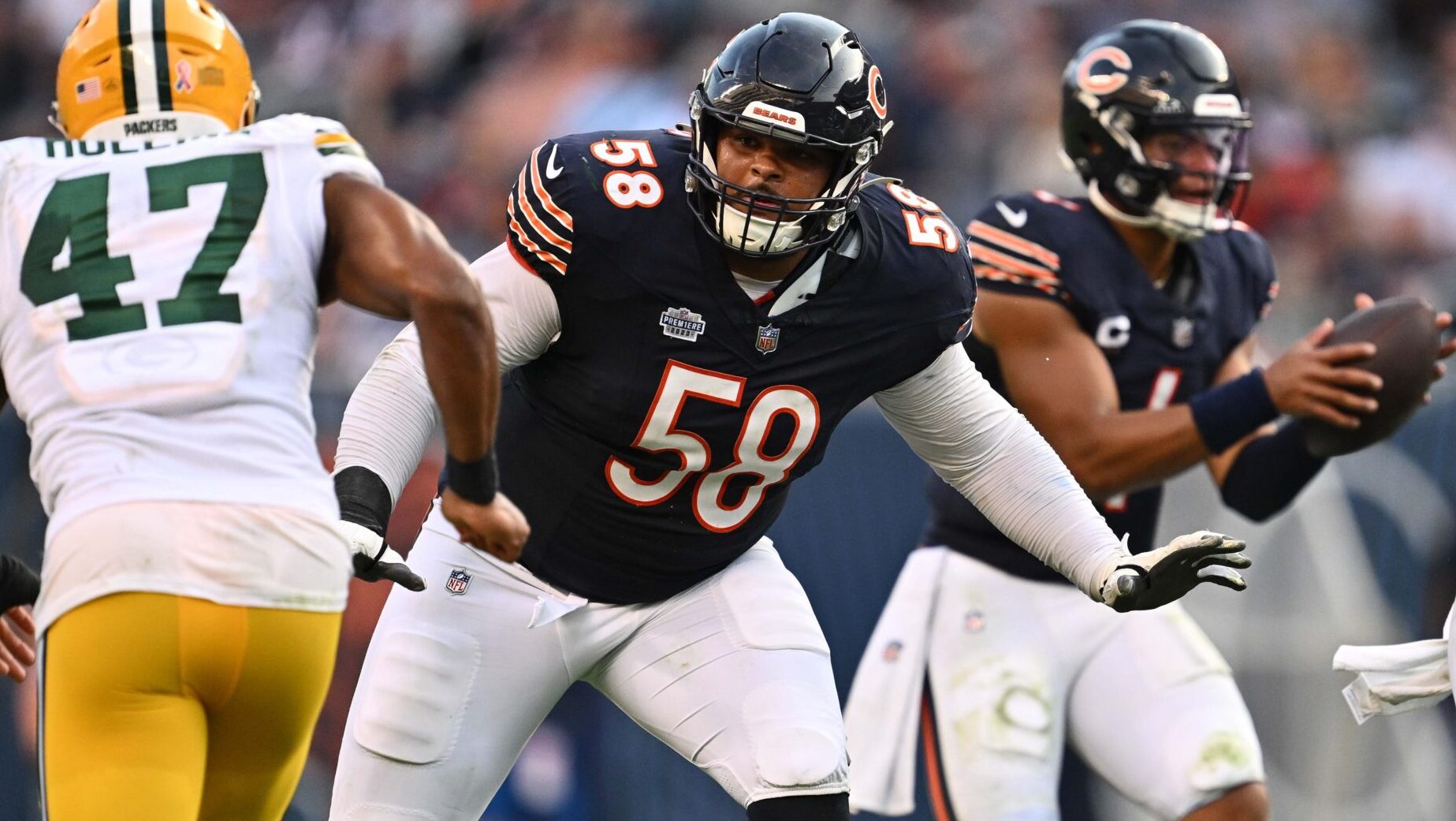Analysis
10/22/21
5 min read
Win Probability Explained

One of the best ways that teams can maximize their chance to win is by looking at Win Probability (WP). It is a measure that almost every analytics department calculates, but computing it accurately and using it efficiently takes skill. It can help with decision-making, especially on 4th downs and 2 point conversions, and using the information from a quality model can make the difference between winning or losing games.
Calculation
Every NFL team will use their own method for calculating win probability, but most of the models usually have around the same set of factors. Each model will have a before game projection that doesn’t use as many factors and is normally based on things such as Las Vegas odds and power rankings based on both teams' opponents, win/loss record, and point margin.
The pre-game calculation doesn’t really matter as much as the in-game calculation, which is determined based on a variety of factors such as time left in the game, score differential, combined points scored, weather, EPA (expected points added) of the last few drives for both the offense and defense, and of course the pre-game projections. Each team uses their own factors and own methods for model building, but generally these factors will be put into some sort of regression model based on how often teams in similar circumstances in the past have won. The output of the model will be a number that shows how likely it is that a team wins the game.
Uses
Having access to win probability at all points in the game is a really important tool to have because it helps immensely when deciding whether or not to go for it on 4th down. One can even calculate it if a certain result were to happen, say a converted 4th down or if the team punted. It could be adjusted to calculate how often a team wins when a team goes or doesn’t go for two, and with a little bit of math calculations based on predicted success rate, using a model can allow a team to have a model that will provide the final decision that the model suggests that the coach makes.
Example
Let’s use the 2020-2021 NFC Championship Game as an example. The Packers were playing the Bucs and were down 31-23 with 2:09 left on the clock on 4th-and-8 at the TB 8. In this case, using a WP model can help decide whether the Packers should kick the field goal or go for it on 4th-and-8.
First we can calculate the chance of a win if the field goal attempt is successful. This would require looking at how often a team who is down 5 with 2 minutes left ends up winning the game. The model also accounts for playing an offense the level of the Bucs and a defense the level of the Packers.
According to Ben Baldwin’s 4th down model, the chance of winning in this scenario sits at just 9 percent. To find the chance of winning when making the decision to kick, instead of just the chance of winning when making the kick, we would have to do .09 (win chance if kick is good) multiplied by .98 (chance that the kick is made) plus .03 (win chance if the kick is missed) multiplied by .02 (chance that the kick is missed).
09*.98 + .03*.02 = .0888, or just an 8.88% chance of winning the game.
After that, we can calculate the WP if the Packers go for it and score a TD. This requires a bit more calculation; we would also need the likelihood of each game result based on whether or not they convert the 2 point conversion as well as the percentage chance they convert the 2 point conversion. In the end, with all factors considered, Baldwin’s 4th down model evaluated out to a 24 percent chance of winning (probability has 0.5 (chance of 2 point conversion successful) times 0.5 (chance of forcing and winning in overtime), or 0.5*0.5 ~ .24) if the conversion is successful. If not successful, the win percentage is just 4 percent, and doing calculations based on factors in conversion rates shows the Packers with a 33 percent chance of converting the 4th down. If we do the same calculation as earlier we have 0.24*0.33 + 0.04*0.66 = .1056, which is a 10.56 percent chance of winning.
When we combine all of this our model is showing us that the Packers would have a 10.56 percent chance of winning if they go for the 4th down but just an 8.88 percent chance of winning if they kick the field goal. While 1.68 percent may seem like a small difference, the NFL is a game of inches and every single little advantage can help a team win. In this case, the Packers kicked the FG and never saw the ball again, losing the game. Perhaps they had a different win probability calculation, or Matt LaFleur chose to go with his gut instead, but either way using accurate WP estimations could have helped the Packers win the game.
Conclusion
Win probability is something that every NFL team would significantly benefit from improving and using more often. Coaches like Brandon Staley and Kevin Stefanski have really embraced using these models in their decision making and in the Week 5 matchup between Staley’s Chargers and Stefanski’s Browns we saw what could come from using analytics to make calculated aggressive decisions. Creating and using a model efficiently and effectively can make the difference for a team’s season.
Paranjai Patil contributed to this story








